Latest news from Guagua coffee producing area 2021 Nicaragua coffee production is 40% lower than that in the same period.
Professional coffee knowledge exchange more coffee bean information please follow the coffee workshop (Wechat official account cafe_style)
Two natural disasters in Central America from 2012 to 2020 made the already weak Nicaraguan coffee industry even worse. Since the second natural disaster, there has been a situation of zero income for farmers. Where should they go in the future?
Review of Natural disasters in Nicaragua from 2012 to 2020
Between 2012 and 2014, Nicaraguan coffee suffered from leaf rust, resulting in more than 50% death of coffee trees in the country, while the surviving coffee trees matured too quickly due to high temperatures over the past two years, affecting the total amount and quality of the harvest.
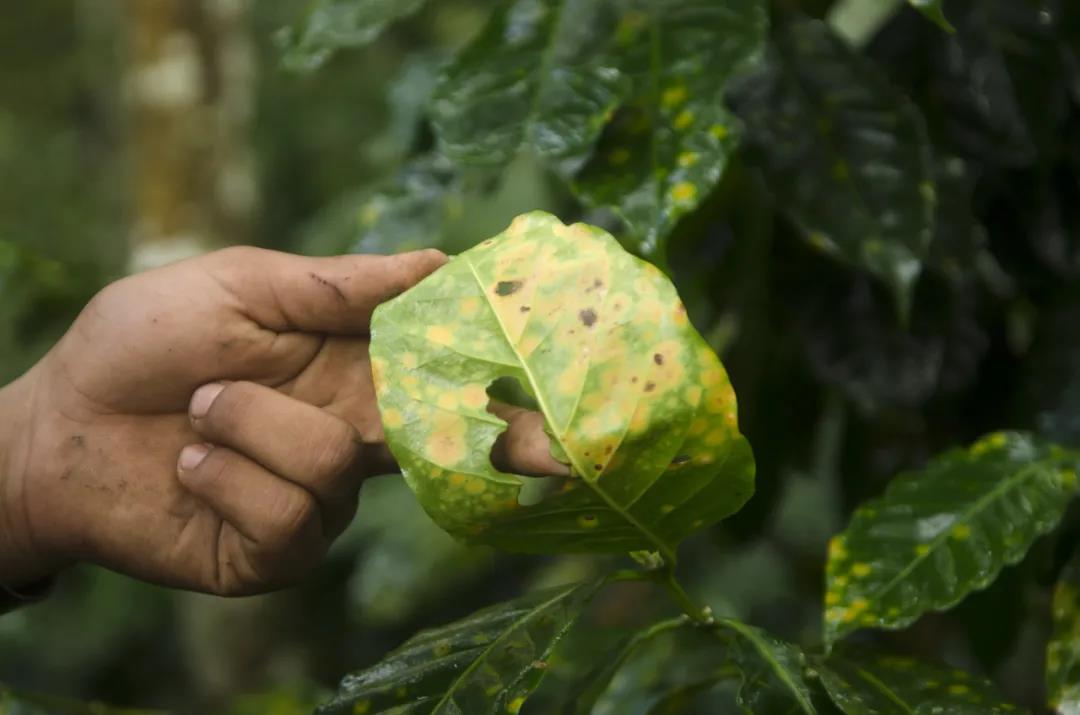
When leaf rust was brought under control, the government made a support plan, and growers regained the courage to cultivate a new batch of coffee saplings. By 2018, the saplings were finally ready to be harvested, and when it was thought that Nicaragua's coffee industry would finally improve, two successive hurricanes hit Central America in November 2020. Coffee in Ni Guaragua is in trouble again.
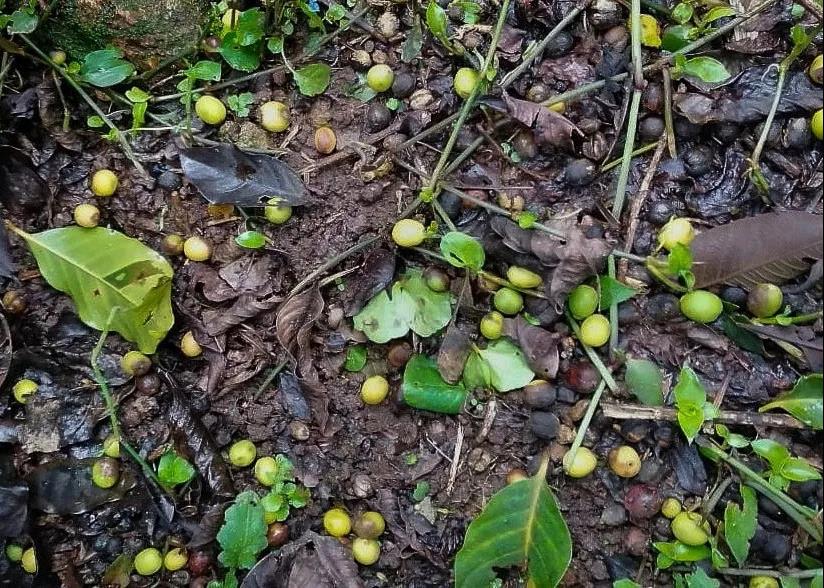
Although the harvest season for Nicaraguan coffee had not yet begun when the hurricane hit, the long rainfall accelerated the ripening of the coffee fruit, and the rapid ripening reduced the coffee flavor formation time, affecting the quality of the coffee at the final harvest. " In addition to affecting the speed of fruit ripening, a large number of molded fruits were knocked down by strong winds and torrential rain, and even coffee leaf rust in many areas spread through the spread of wind and Rain Water. According to local government estimates, in Ginotega, Matalpa, Boko and other growing areas, more than 3400 hectares of coffee farms were damaged by the hurricane.
Nicaraguan coffee production decreased by 40% in 2020 / 21 compared with the same period.
According to the head of the Sopaska cooperative in northern Nicaragua, the farmland that has long supplied coffee to the cooperative has been affected by floods and landslides, and the cooperative's coffee production has decreased by 10% to 15% this year compared with the same period.
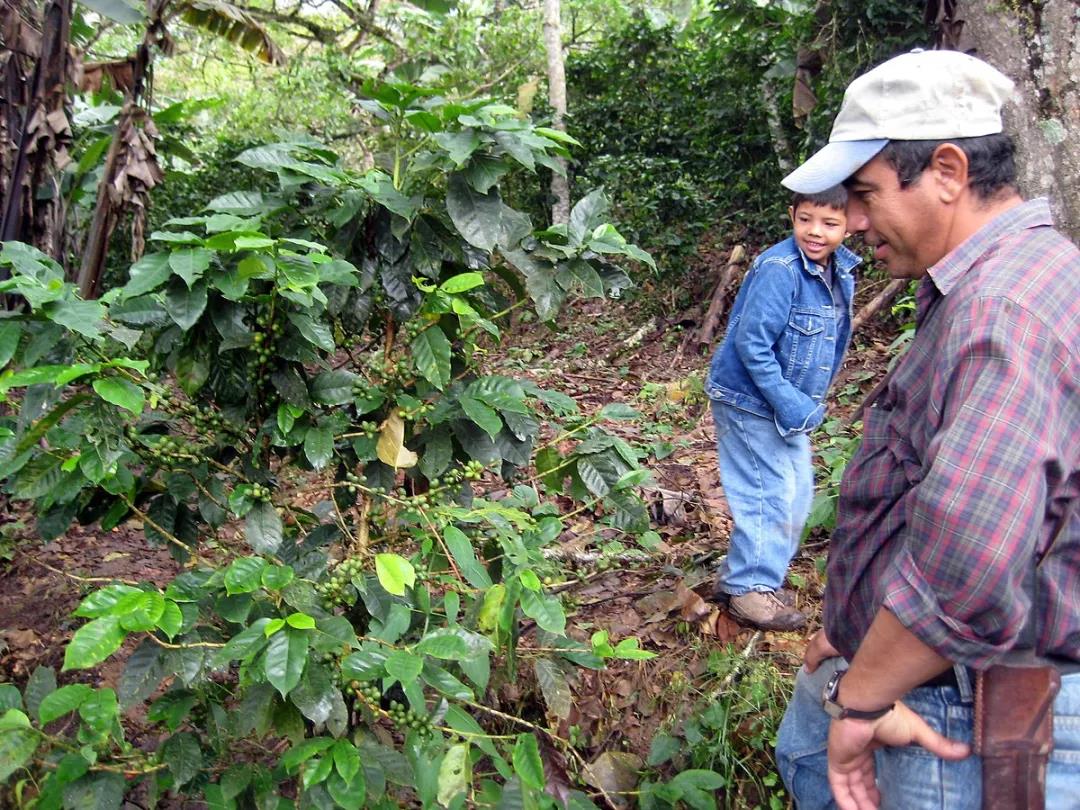
According to the Nicaraguan producers and exporters Association: from October 2020 to January 2021, Nicaraguan coffee production decreased by 40% compared with the same period!
Coffee has been destroyed, where should the farmers go?
Because of the loss of income, some farmers began to go hungry. The government is encouraging people to cheer up and reduce losses on a single crop by improving the soil, reforestation and planting more crops. At present, farmers have begun to grow other economic activities, such as bananas, guava, cocoa and so on.
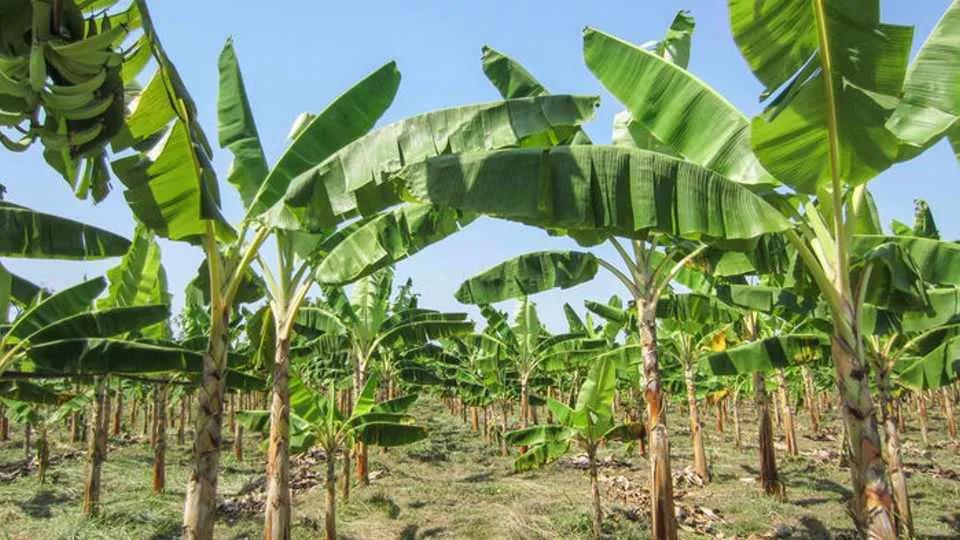
About cocoa planting
According to the local non-profit organization that promotes sustainable development, the average temperature in Nicaragua in 2019 is 0.5 to 1 degrees Celsius higher than in previous years, and is expected to continue to rise. Compared with coffee trees, cacao trees are like Dahan and Lin Daiyu.
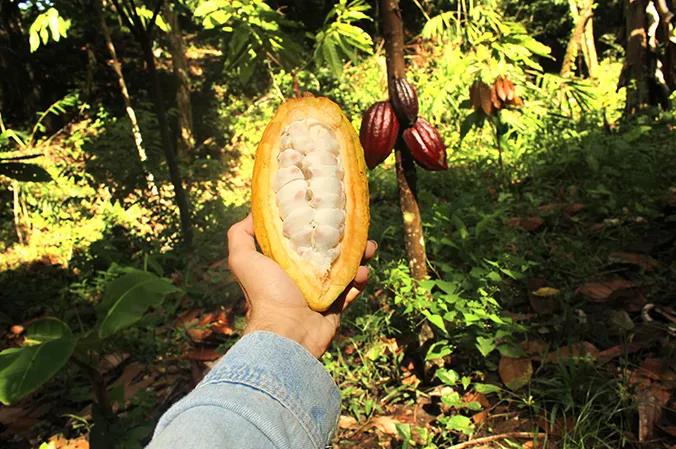
Cocoa trees are adaptable to temperature changes, and there is no need to worry that coffee leaf rust will destroy cocoa trees, which will be lower in terms of manpower and cost than coffee trees, and the price of cocoa in the market is relatively stable.
For more boutique coffee beans, please add private Qianjie coffee on Wechat. WeChat account: kaixinguoguo0925
Important Notice :
前街咖啡 FrontStreet Coffee has moved to new addredd:
FrontStreet Coffee Address: 315,Donghua East Road,GuangZhou
Tel:020 38364473
- Prev

Coffee brand MANNER gets a new round of financing, and the coffee market is getting bigger and stronger!
Just after reporting that Shijie SECRE, a coffee brand that has completed four rounds of financing in two years, another boutique coffee brand has won a new round of financing, valued at about $1.3 billion. According to the information on the official website of app, the representative of domestic boutique chain brand MANNER has once again obtained the support of capital. On March 4, 2021, MANNER has completed a new round of financing, which is the sovereignty of Singapore.
- Next

What is the reason for the rise in the price of coffee retail products in the United States? The Future Development trend of American Coffee Market
As the largest beverage consumer in the world, the United States has recently had to choose air transportation because of rising shipping prices and the shortage of some containers, resulting in a significant increase in the operating costs of coffee processors. It is possible that the price of retail coffee products will rise in the short term. According to the Coffee Finance Network, medium and small roasters in the United States, especially boutique coffee companies, are suffering from
Related
- What is the standard process for the purpose of coffee cup testing? What is the difference between hand-brewed coffee and cup testing?
- How to use hand-brewed coffee paragon small golden balls? How does cold coffee lock in the aroma of coffee?
- Is American coffee black? What is the difference between American coffee and drip coffee?
- Unexpected! Well-known tea beverage brand Lele Tea will withdraw from the Zhengzhou market!
- Starbucks enters the fashion and beauty industry?! Netizen: Give me an ice American eye cream
- Why can American refills for free? The difference between Americano and American drip pot coffee
- Being chased out of the rain in front of Starbucks?! Store: Sheltering from rain under umbrellas poses a safety hazard
- The white moonlight has changed?! Lucky launches "Big Winter Pear American"
- Hand-brewed coffee three-stage method, high-sweet and universal brewing method to share! What does the high sweet water level of hand-brewed coffee mean?
- What is the difference between raw, refined and full espresso coffee? How to extract espresso and taste good?

